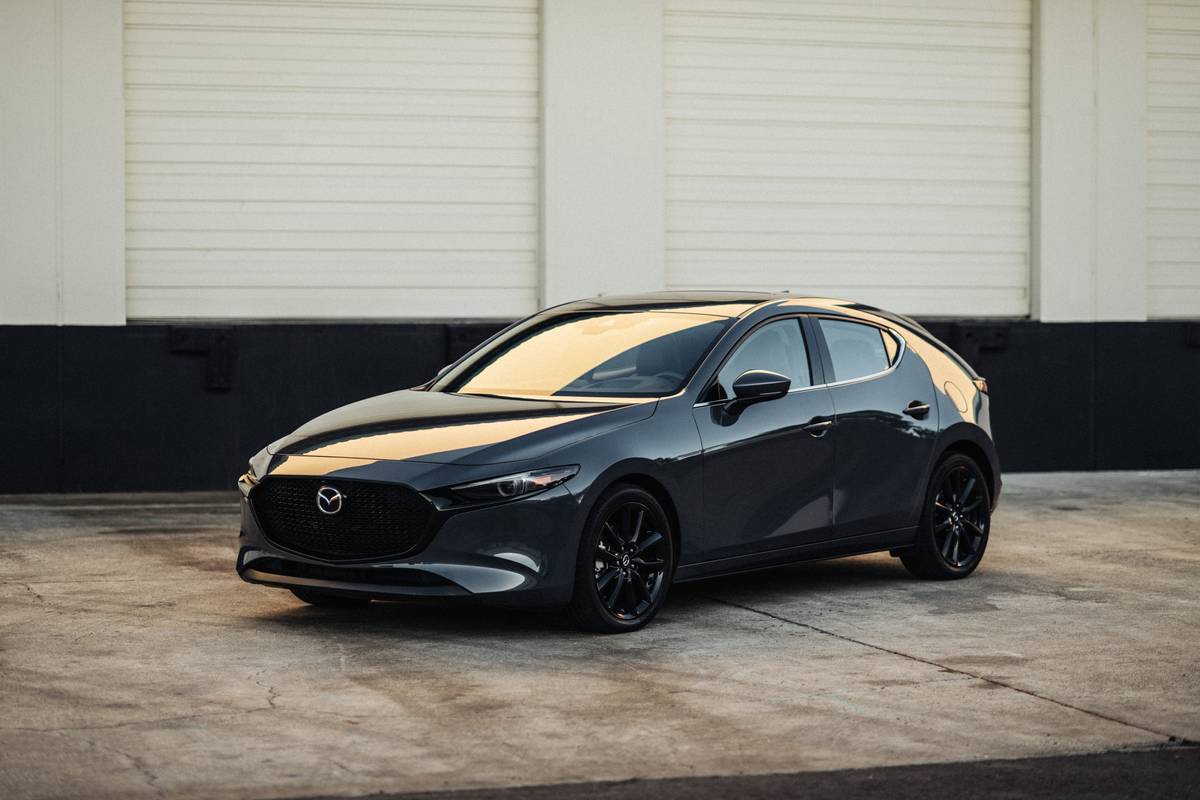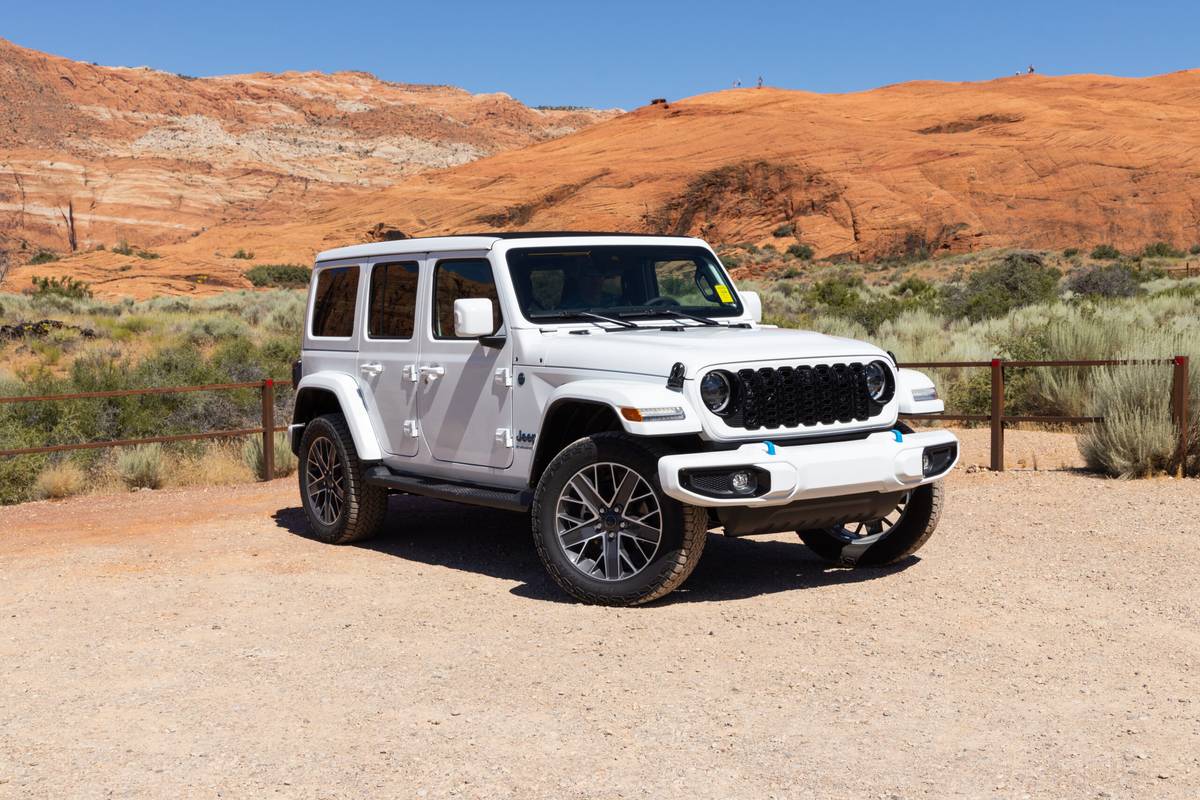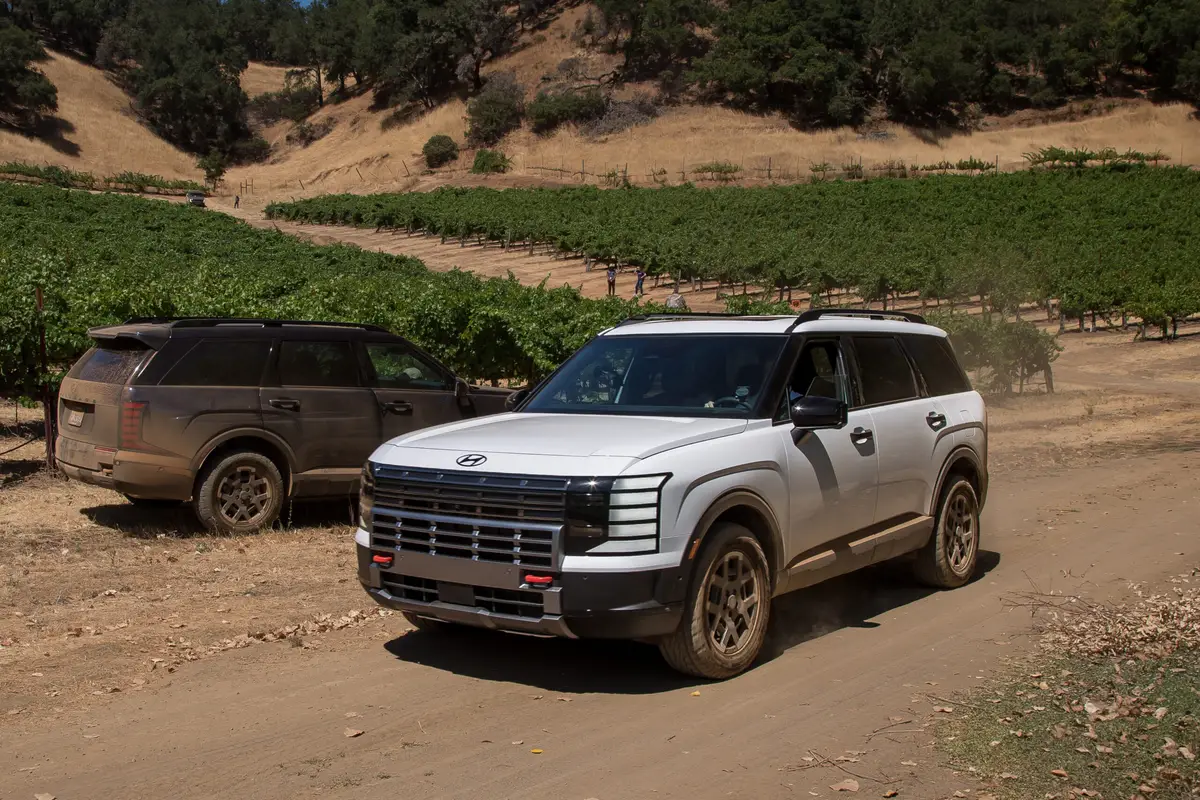Boston.com's view
Spend a week driving the car that James Bond drove, and you come away not at all shaken, but certainly stirred — the opposite of 007’s martinis.
Welcome to the driver’s seat of the Aston Martin DB7 Vantage, a nine-layers-of-paint, hand-treated piece of rolling art that just happens to have a V-12 engine.
How not to be stirred by a car that, with incredible subtlety, will move you to 185 miles per hour, although there was no racetrack, no desert floor, no permission from the manufacturer available this week to test the alleged top speed, so I’ll have to take Aston Martin’s word on it.
Few of us will ever get to drive an Aston Martin. Fewer still will ever own one, in part because of the $153,000 price tag.
Consider that in its 88 years of existence, Aston Martin has produced only about 18,000 vehicles. Consider that the DB7, introduced in 1993, accounts for 5,000 of those vehicles and you realize its importance to the company. And consider that of the 1,500 or so DB7s sold each year, fewer than 400 are sold in the United States.
That explains why every time I stopped to pick up the newspaper at my local store — Liar’s Paradise — I’d come back out to find a few folks, young and old alike, gathered around the car. Or why, out on a photo shoot with a Globe photographer at my local boat launch, a horde of teenagers launching canoes for an outing on Pawtuckaway Lake, left their teachers to the tasks and rallied ’round the Vantage, asking that the hood be popped. Or why, delivering my children to soccer, softball, and baseball games (swell team bus, huh?), we’d be surrounded before we even cracked a door.
Like all cars I drive, I used this one as a family car.
Of course, not many family cars have engines that produce 420 horsepower and 400 lb.-ft. of torque.
Not many have engines imbued with Ford/Cosworth technology: 6.0-liter, lightweight aluminum cast alloy with four valves per cylinder, twin overhead cams on each bank of cylinders, and produced at Cosworth Technology’s limited production plant in England — the same place that turns out Cosworth V-10 Formula 1 racing engines and turbocharged, V-8 Indy car engines.
And not many family cars drenched with power and luxury as standard features offer such options as custom-designed luggage, an umbrella holder, and an extended cargo area, or, as Aston Martin describes it, "individual accommodation for the carriage of family pets." Like Fifi or Spike will be yapping, barking, or shedding in my DB7 Vantage.
The DB7, offered in coupe form, as tested, or as a roadster called the Vantage Volante, comes with either a six-speed manual transmission or a five-speed automatic — again, as tested.
This powertrain was tested in development by running a prototype at 165 miles per hour for a 48-hour test period. That’s some endurance testing and driving.
There is not much that is overtly complex about this car. Subtlety abounds, if that is not an oxymoron. There is no cruise control, for instance. You drive at all times. Yet beneath its nine coats of paint, a lot of high technology looms, mainly in the form of a Visteon electronics system capable of handling 1.6 million commands per second. It monitors activities from fuel injection to traction control, from security to exhaust emissions, from ignition to engine diagnosis.
The result is a car that, while being driven as an everyday car, gives no hint that it is ready to run with the fastest, the twitchiest, the most temperamental, the most transparently brutal high performance cars in the world.
You can cruise sedately. You can pound pedal to the metal. And even while engaging in the latter, the Vantage keeps its grace about it. It does not whip you back into the seat. It positions you there. It does not roar in full throttle to announce its power. It burbles a basso.
A friend asked me which other car I would compare this to.
My answer: None.
That’s because it is not obviously a sports car such as a Porsche or Ferrari. It is certainly not a big luxury cruiser such as a Bentley or Maybach.
Instead, it has the fun potential and lurking power of the first pair, the elegance and grace of the last. Some combination.
The engineering is matched by an exterior design that is subtle as well. There are no big air scoops, no stabilizing wings, no muscular and bulging fenders. The winged Aston Martin badge is perhaps the most eye-catching giveaway for those not familiar with the shape of the car.
Inside, nothing is subtle. The tan-and-green leather seats — Aston Martin calls it "hide," not leather — are soft at the buttocks, firmly bolstered along thighs and torso. The stitching in all that leather, even the leather seams on the dash, is a perfect example of craftsmanship. Burnished wood appointments, chrome trim for gauges, even a green suede roof, cocoon you in utter luxury.
The rear seats are really for use only in necessity (or if your kids insist on being driven to their sporting events in an eye-catching car). In fact, if I were to own the DB7 coupe (please Mr. Editor, more pay, sir?) I’d get it with the optional extra luggage space, which eliminates the rear seats.
The trunk will not hold even one bag of golf clubs. But of course, if you own this car, you have a set in the locker at each exclusive club to which you belong.
In fact, hauling three soccer players to a game, I discovered I could fit a bag of only five soccer balls and a medical kit inside. Again, if I owned this, I probably would not be coaching kiddie soccer because I’d be playing for Real Madrid and I’d be driving the DB7 home to my palace in the Spanish hills each night.
The name Vantage has been used to indicate the highest performance version of Aston Martin models since 1950. That’s when the car maker differentiated the 120-horsepower engine in the DB2 from the 105-horsepower engine.
My, how times and horsepower change.
Nice touch: The analog clock at center dash. Another simple, yet telling, mark of elegance.
Annoyance: The automatic seat controls at the outer base of each front seat. Tiny little buttons. Fingers barely fit between seat and rocker panel.
Latest news



